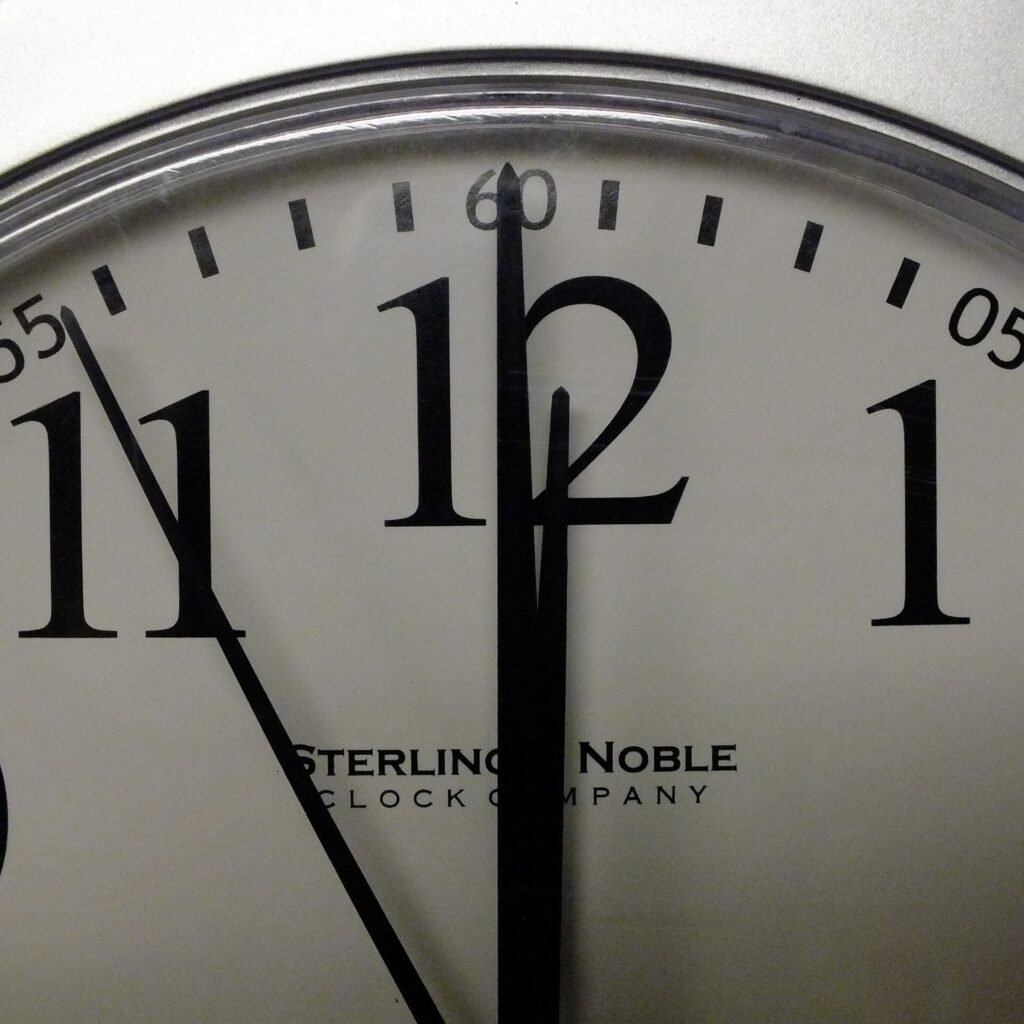The Doomsday Clock and Its Impact on Health and Mortality
The iconic Doomsday Clock, a symbolic representation of how close humanity is to self-destruction, has been a subject of fascination and concern since its inception in 1947 by the Bulletin of the Atomic Scientists (BAS). Originally focused on the dangers of nuclear weapons, the Doomsday Clock has evolved to encompass other existential threats such as climate change, disruptive technology, and political instability.
While the Doomsday Clock is widely recognized, its potential influence on health and mortality has never been explored until now. A recent study conducted by researchers at Mass General Brigham delved into the connections between the Doomsday Clock and human well-being, using data from the CDC and the IHME 2023 Global Burden of Disease project.
Published in The Bulletin of the Atomic Scientists, the study revealed intriguing findings. As the Doomsday Clock edges closer to midnight, indicating higher existential risk, mortality rates for Alzheimer’s disease, suicide, unintentional injuries, and alcohol and substance-related disorders also rise. Conversely, lower mortality rates were observed for conditions like malignant neoplasms, HIV, and diabetes mellitus as the clock approached midnight.
Lead author Dr. Samuel Justin Sinclair emphasized the importance of this research, noting that it sheds light on the interplay between global events, mental health, and physical well-being. The study suggests that social determinants of health (SDOH) may influence individuals’ health outcomes during times of heightened societal risk.
Senior author Dr. David Silbersweig highlighted the interconnected nature of individual, societal, and global well-being. He emphasized the need for further research to understand the complex interactions between societal factors and health outcomes, with the ultimate goal of informing policies to address large-scale challenges.
This groundbreaking study opens the door to a new realm of research, exploring how global events and existential threats may impact human health and mortality. By considering the implications of the Doomsday Clock on individual well-being, researchers hope to gain a deeper understanding of the broader implications of societal risks.
The study’s findings underscore the importance of considering not just individual behavior and genetics but also the broader social and political context in understanding health outcomes. As we navigate an increasingly complex and uncertain world, studies like these provide valuable insights into the connections between global events, mental health, and mortality.


